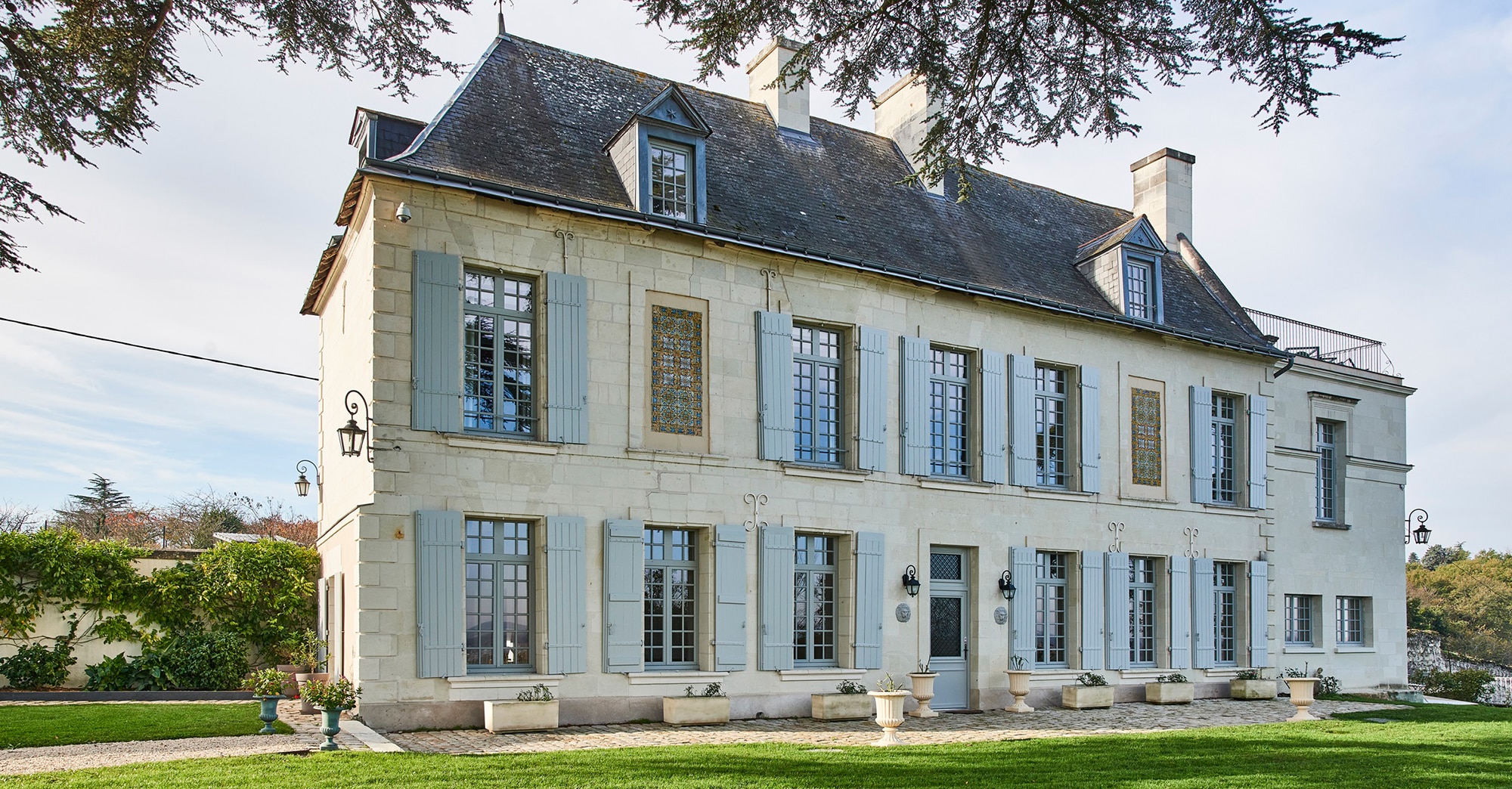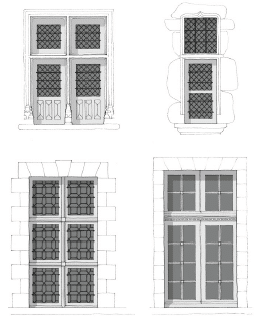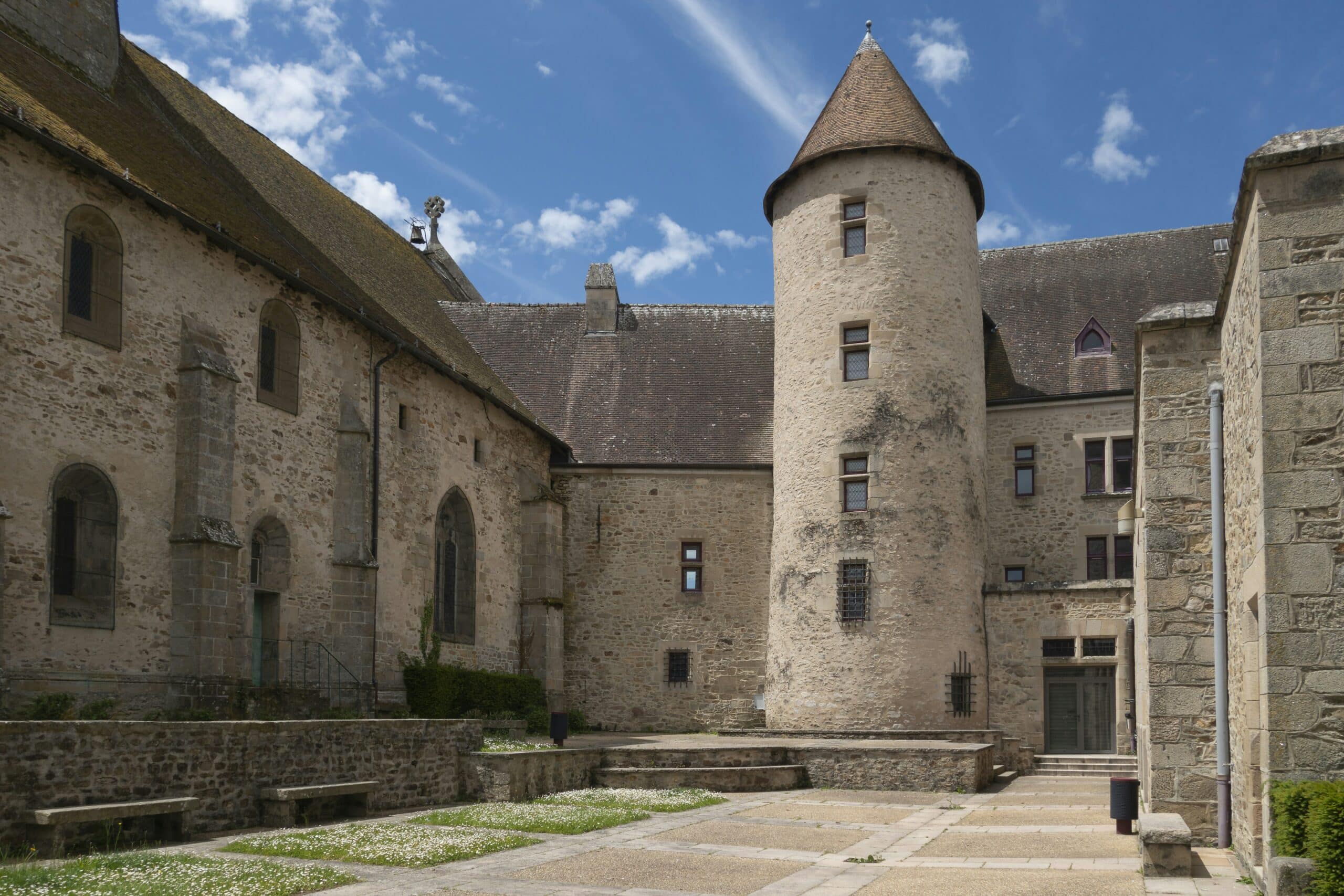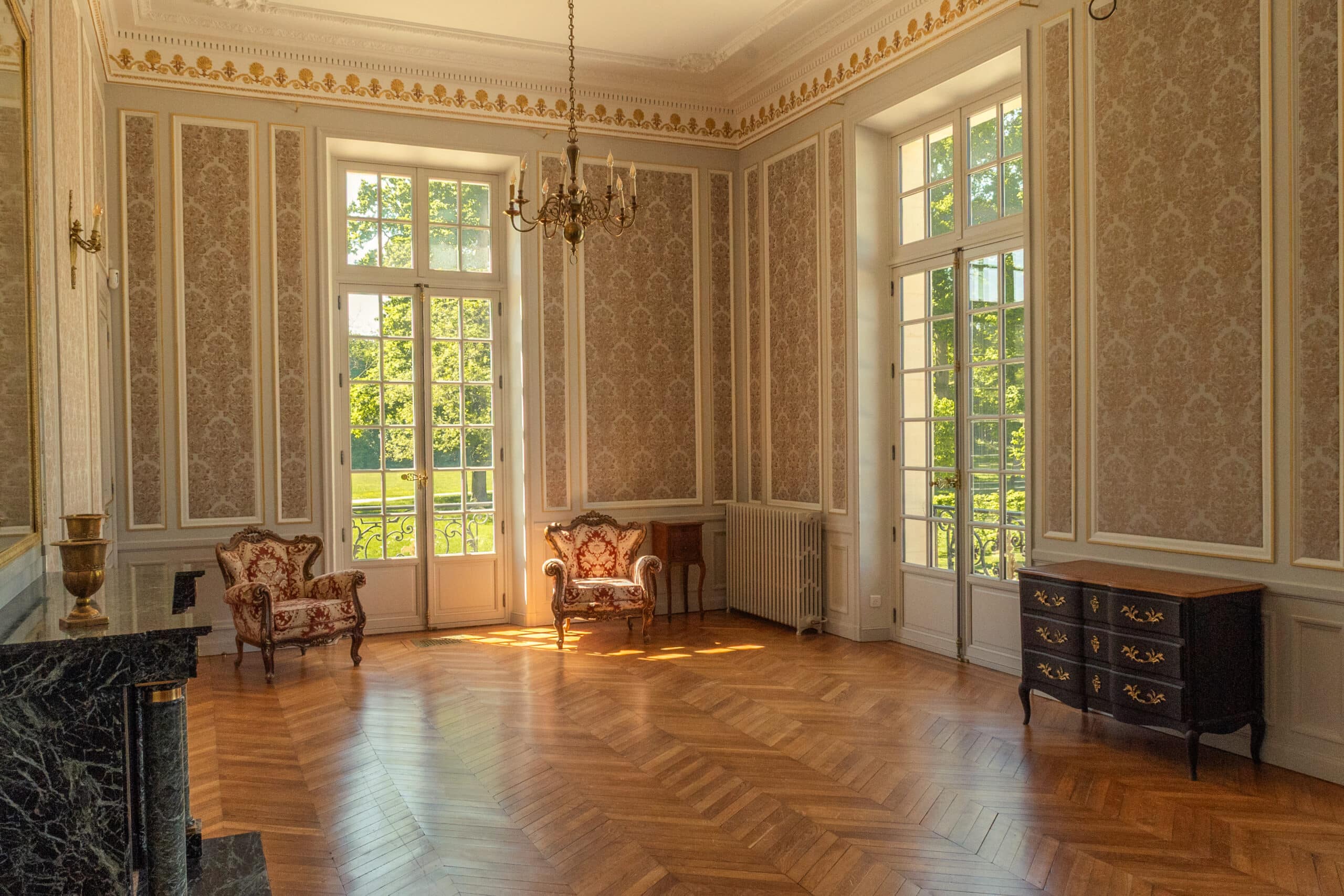In architectural elegance, French luxury windows and doors shine. They are art, merging form with function seamlessly. Our journey through time begins now. We’ll uncover the history of their technical evolution. This history has shaped French window and door design. From the Middle Ages through the 20th century, these marvels evolved. They offer glimpses into the past. They also set luxury living standards. Maison Janneau, a leading French window maker, focuses on luxury. It serves the United States market. Maison Janneau invites you to explore these iconic elements’ evolution.
16th and 17th Century Windows: The Birth of French Elegance
At the end of the Middle Ages, French houses bore a distinctive half-timbered structure atop a sturdy stone base. Between the vertical posts, windows found their place. In this era, the unique architectural feature of French windows included a vertical mullion and horizontal crosspieces, creating four openings to house the sashes of the cross window. This inward-opening design remains culturally anchored in France and across Europe, where people often refer to windows as “croisée” because of their cross-shaped design.
- Sliding Windows: In the 16th and 17th centuries, sliding windows, also known as guillotine windows or single-hung windows, gained popularity. However, the less fortunate homes relied on canvas or oiled paper for protection against the elements.
- Leaded Glazing: Over time, leaded glazing became increasingly prevalent, replacing earlier, more rudimentary window coverings.
- Wooden Crossing: The stone crossing was gradually replaced by wooden counterparts, and by the late 17th century, leaded stained-glass windows were commonly used.
- Advancements in Glass: The 17th century witnessed rapid advancements in glassblowing techniques, enabling the manufacture of larger, thicker, and higher-quality sheets of glass. Divided lites, small timbers used to cut glass panes, became the norm.
“Gueule de Loup”, Window of the 18th Century: Opening Up to the Outside
The “Gueule de Loup” window, with its origins in the mid-18th century, marked a significant milestone in the evolution of French windows. This era saw the development of the glass industry, enabling the creation of wider panes that spanned the entire width of a sash. Additionally, the emergence of double-sash windows with no fixed central stile necessitated new applications in joinery and locksmithing.
- Interlocking Sashes: To close the window effectively, the two sashes were interlocked using the “wolf’s mouth” and the “sheep.” The espagnolette handle facilitated window closure and positioning for partial ventilation.
- Interior Shutters: These windows featured interior shutters that, when open, folded into two parts within the sashes, adding a decorative touch to the window.
- Expanding Panes: Panes continued to grow in size, eventually occupying the entire width of the sash. These large panes, known as “glaces,” were commonly used in the 19th century.
- Ease of Use: The widespread use of the espagnolette mechanism altered the relationship with the outside world, allowing for greater control and appropriation of the window. A single gesture sufficed to open and close the sashes, enhancing the user experience.
Cremone Window of the 19th-20th Century: Adaptability and Artistic Flourish
In 1798, a tax on doors and windows changed window design, reducing their numbers. The 19th century witnessed a shift from espagnolette to cremone bolt windows. These windows are notable for adapting to different heights.
- Cremone Bolt Mechanism: The cremone bolt mechanism, originating from different toggle closures used for doors and carriage entrance gates, gained prominence. Its advantage lay in its ability to adapt to any window type, regardless of height, by simply adjusting the length of the rods.
- Continued Glazing Advancements: Industrial progress continued to advance glazing techniques. In the absence of transom windows, wood panels were still used in upper or lower sections. The turn of the 20th century saw the emergence of artistic movements that influenced window design, from joinery moldings to window surrounds.
- Wide Windows and Diverse Design: The 20th century witnessed the rise of wide windows and diverse small-wood assemblies, offering a broad spectrum of designs for glazed frames.
Conclusion
The history of French luxury windows and doors captivates with innovation and artistry. It highlights a balance of function and beauty. From the Middle Ages’ cross-shaped windows to the 19th-20th century’s cremone bolt windows, each era added charm and sophistication.
Maison Janneau excels in crafting luxury wood and French windows. This tradition upholds elegance and craftsmanship. Reflecting on this journey, French windows and doors emerge as timeless luxury symbols. They have endured and become icons of sophistication.
Stay tuned for a future article on the history and evolution of windows!









